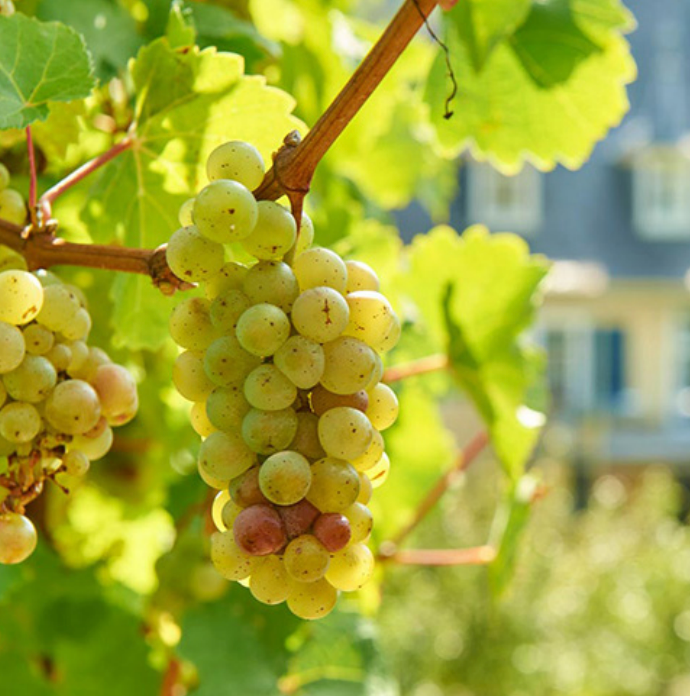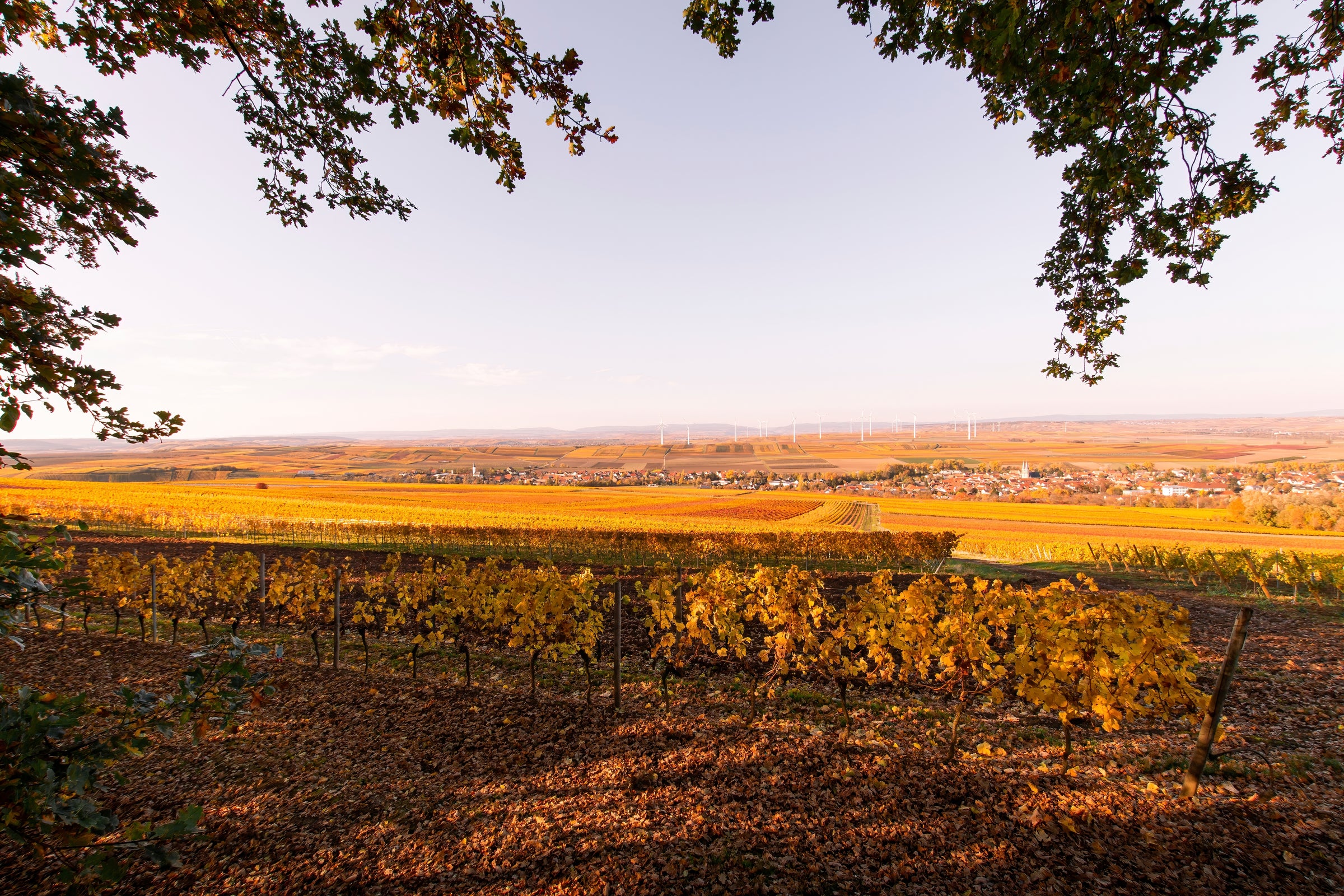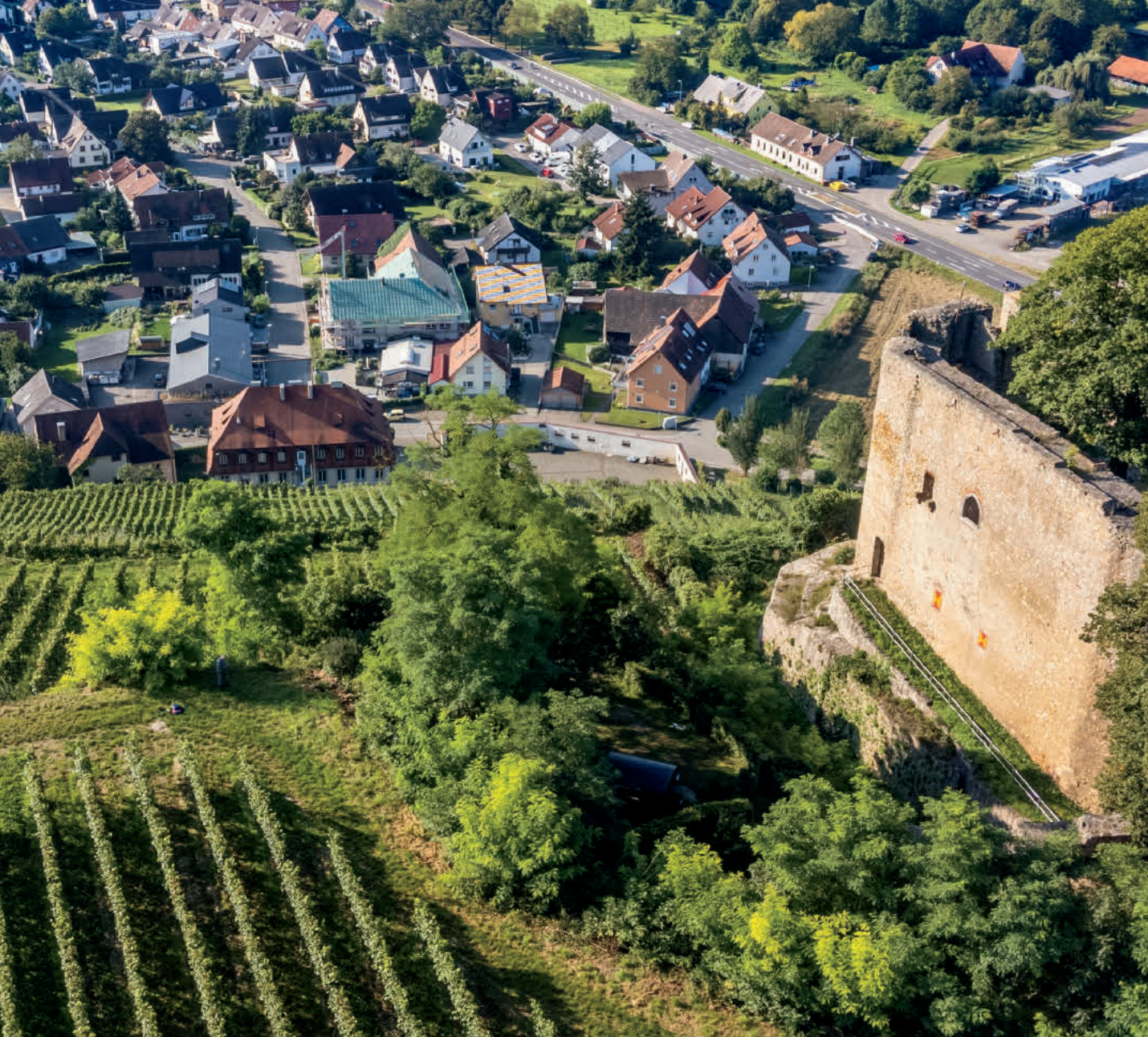Regarding Riesling, we’ve talked about the balancing act of sugar and acid before, in that moderation is key. Terry Theise, acclaimed importer and writer, explains this in such a precise way: “Sugar is to wine what salt is to food, a secret yet ordinary weapon to enhance flavor. Like salt, sugar is vulgar when it’s excessive, but also like salt, sugar is perfect when you can’t taste it, but it’s doing its magic.”
These last five words are key. How can something be perfect if it isn't perceptible? Well, that’s the push-pull relationship of residual sugar and acid. When done correctly, it’s harmony in liquid form. This is why veteran wine professionals constantly cite Riesling as the most versatile white wine grape in the world: the spectrum of dry to sweet and lean to unctuous...there is arguably no grape that does it better. Now, throw in historic producer Kruger-Rumpf, the much-vaunted 2015 vintage, a $20 price tag, and you’ve got a prime example of the insane value pouring out of Germany. This ‘feinherb’ (a term that translates most closely to ‘off-dry’) estate bottling shows the complexity, yet transparency of Riesling and sticking your nose in the wine gives itself away. Ripe, delicately sweet fruit melds into the pinprick acidity that serves to enliven the rich and sensuous palate. This is a wine that will impress both light and full-bodied white wine drinkers. A paradox? No—that’s the magic of perfect integration at work.
In terms of name recognition, Nahe still lags behind some of the bigger-name German wine zones that surround it—Mosel to the northwest, Rheingau to the northeast, and Rheinhessen due east. But the Nahe boasts a characteristically long history and all the geographic and geologic qualities for superior Riesling: Kruger-Rumpf’s 43 hectares of vineyards are situated at the northern end of the Nahe zone, the warmest area of the region and uniquely positioned at the convergence of four major wine zones. The family has been cultivating vines since the 1700s, selling grapes to others up until 1984, when Stefan Rumpf held back a large portion of his harvest to try his own hand at winemaking. Today, the estate is run by his two sons, Georg and Philipp, with focuses in the vineyard and winery, respectively. They craft everything from slightly off-dry wines to dry styles from long-held grosses gewächs sites (the German answer to “Grand Cru”).
For those who don’t keep up with Germany’s vintage reports, 2015 was a godsend that produced top-quality wines both dry and sweet, especially in the Nahe. The majority of Kruger-Rumpf’s holdings lie on steep, winding slopes alongside the River Nahe and some vines exceed 50 years of age. With such a large diversity of sites and terroirs, soils can range from Devonian slate, sandy loam, and/or quartzite. Additionally, sustainable farming is put into practice throughout all of Kruger-Rumpf’s vineyards—they even raise bees to assist with cross-pollination and sheep periodically graze in between the vines. All grapes were hand-harvested and their minimal intervention belief is—paraphrasing here—that wine cannot improve in the winery, which is why indigenous yeasts and neutral vessels are used.
In the glass, this 2015 shows a pale golden-yellow core with accented silver and green reflections along the rim. Notes of green peach, lime blossom and papaya pour out of the glass, followed by ripe mango, meyer lemon, yellow plum, wet slate, and crushed rock. On the palate, the wine shows great richness and is just over medium-bodied, with heightened notes of citrus zest. The slight kiss of residual sugar is immediately cleaned up by an exceptional level of acidity and minerality; integration at its finest. Pop and pour at 50-55 degrees in all-purpose white stems and allow the wine to open up for 15 minutes. It’s definitely in its drinking window now and will drink beautifully over the next 5-7 years. Keep in mind, as years pass, sugar perception will decrease and earthy undertones will begin to emerge (something I love). This wine is a gastronomic delight and I recommend pairing this with any of your go-to Thai dishes, or trying the attached recipe’s spicy-umami interplay. Enjoy!






